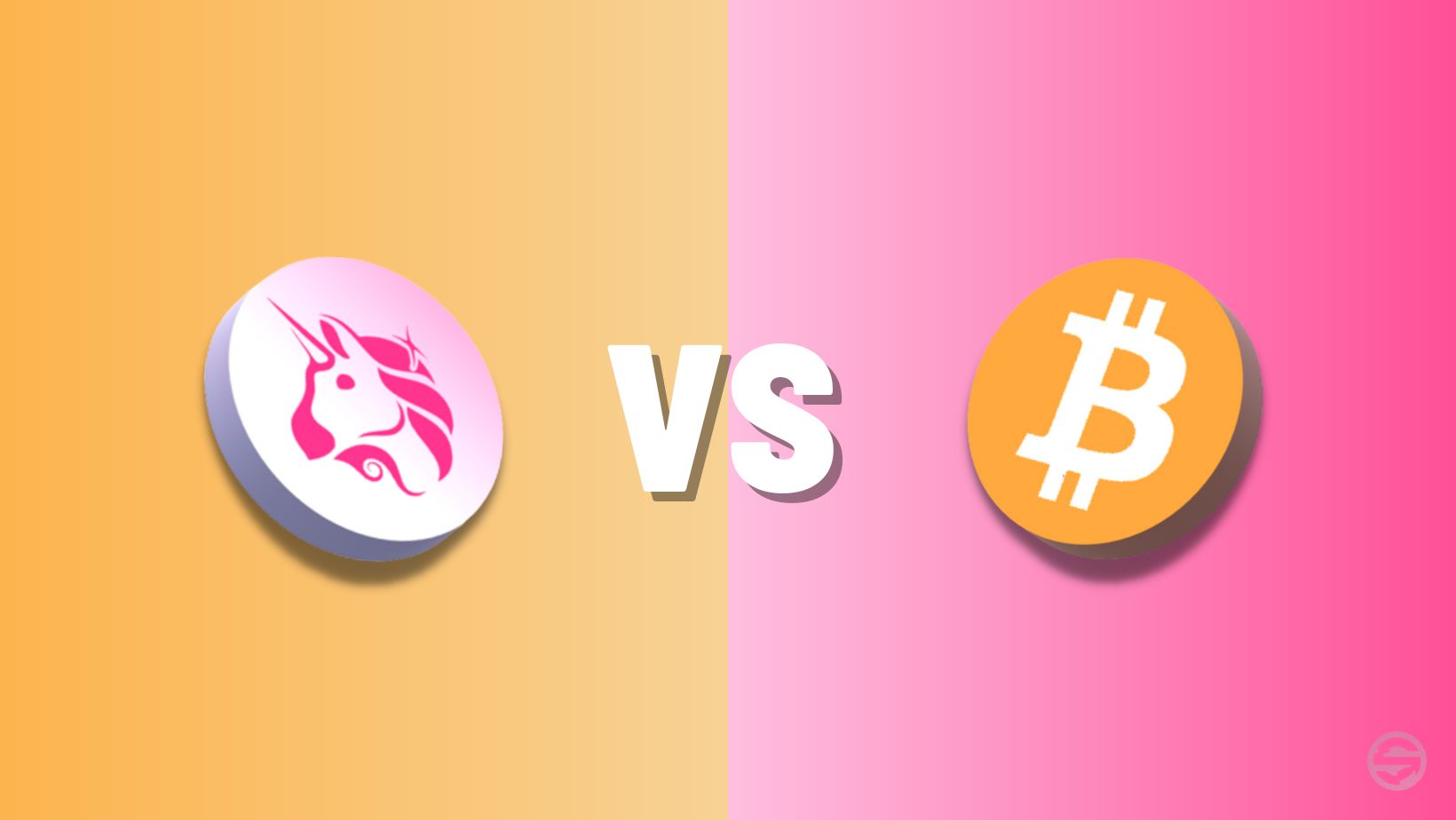
Table of contents
What is a coin?
A coin is a digital asset with its own independent, autonomous blockchain. The best-known examples of coins are Bitcoin (BTC), Ethereum (ETH) and Litecoin (LTC). All three have their own blockchain network on which transactions are recorded and validated. These coins operate autonomously, and therefore do not need to rely on another blockchain to exist.
Corners can be used as a means of payment, exchange and speculation. However, this type of cryptocurrency will be used more as a store of value.
Let's take the example of Bitcoin, considered the pioneer of cryptocurrencies. Bitcoin relies on its own blockchain, where all transactions are recorded and secured through a decentralized mining process. Similarly, Ethereum has its own blockchain on which smart contracts and decentralized applications (dApps) operate.
What is a token?
A token is a digital asset that does not have its own blockchain. For example, Uniswap (UNI), Chainlink (LINK), Compound (COMP) and Aave (AAVE) are all tokens. Unlike coins, tokens are based on pre-existing blockchains. These tokens are created and managed via smart contracts, which establish specific rules for their issuance and use.
Tokens have a wide range of use cases and can represent various assets, functionalities and rights. Token use cases include blockchain-based cryptocurrencies, stablecoins, decentralized application tokens and non-fungible tokens (NFT).
Take, for example, UNI, the native token of the largest Uniswap exchange platform. This is an ERC-20 token, as UNI is developed on the Ethereum blockchain and therefore derives its functionality, security and value from this blockchain. Another example of a token is BUSD, a stablecoin based on the Binance Smart Chain (BSC) blockchain. NFTs (Non-Fungible Tokens) include CryptoPunks and Bored Apes.
Conclusion
- In conclusion, the fundamental difference between a coin and a token lies in their relationship to the blockchain. Corners have their own autonomous blockchain, while tokens are built on pre-existing blockchains. This distinction has an impact on their use case, their form of decentralization and their interoperability. Tokens have their own blockchain and can act as a medium of exchange, a store of value. They are independent of other blockchains and are limited to their own blockchain. Tokens are based on pre-existing blockchains and can act as utility, governance or service tokens. They are blockchain-dependent, but can be developed on different blockchains.

- Also check out our recommended article, which has been read by other readers interested in this topic: 5 essential tools to get started in the world of crypto



 Crypto
Crypto 2023-08-03
2023-08-03
